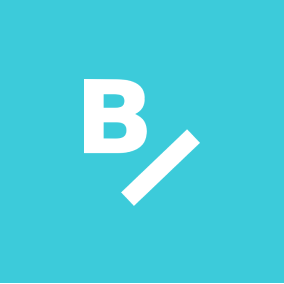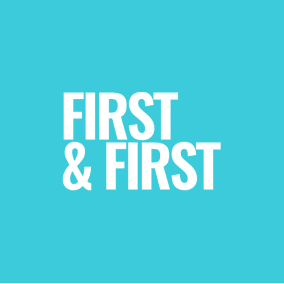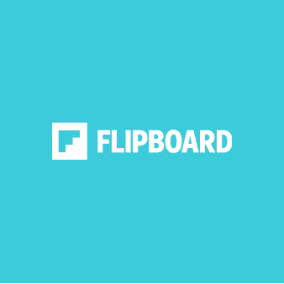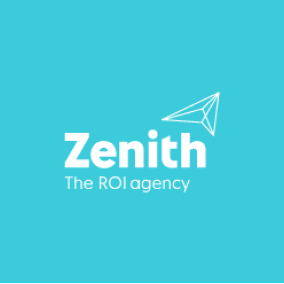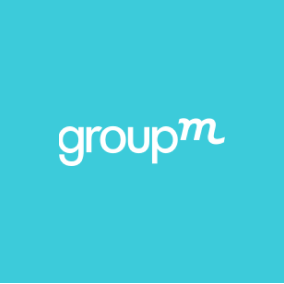Dentsu's team in the Phillippines explain how insight helped them get to the heart of students' needs, showing the value of consumer data in education.
Dentsu Aegis Network is one of the largest advertising agency networks in the world.
Serving leading brands like Mastercard, United Airlines and National Geographic, means they always need to stay ahead of their consumers, setting global standards in data-driven creativity.
But every client is different.
When one organization came to the Philippines team with a proposition far from their usual type, they needed to think outside the box. Here’s how they did it.
The challenge
Helping a traditional market cover new ground.
Compared to many others, the Philippines is still a very traditional market, yet to evolve into a truly digital landscape.
Despite this, the Dentsu team on the ground was seeing the B2B market undergo a thriving digital transformation, and many other industries were keen to follow suit.
“One of our goals here at Dentsu, especially in the Philippines, is to expand our definition of ‘clients’ outside of the typical CMOs and brands we usually speak to”, says Bea Atienza, Chief Strategy Officer, Dentsu, Philippines, whose primary role is to help the agency evolve into a more data-driven organization.
“So when a K-12 school came to us looking for insight into its students, we were immediately interested.”
Presenting the agency with a new kind of client who didn’t see themselves as a brand, the school was keen to understand its students in a more data-driven way.
They wanted to understand more about the youth of today so they could make decisions more geared towards them, not just in terms of recruitment, but in terms of student engagement, and training their own faculty.
As an organization that wouldn’t have leveraged a lot of data in the past, this was new territory.
The team needed a way to gather and present this insight in a way that would be easily understandable and actionable for the school.
The Action
Painting a data-driven picture of the youth of today.
“In the Philippines, one of the biggest challenges faced by anyone who works with young people today is dealing with the increase in depression and pressure experienced by young people.”
Bea explains how this partly comes down to increasing use of social media through which the “perfect” image is projected and the pressure to be popular intensifies. “For this reason, schools are very interested in hearing how kids cope with pressure”, she says.
-
What are their social habits?
-
How do they deal with stress and pressure?
-
How do they view the role of technology in their lives?
These were all questions the school needed answers to, so the team set out to find them.
Using GWI, the intuitive analysis platform that offers access to the world’s largest survey on the online consumer, they started by looking closely at Generation Z, then analyzing how these youths compared to other segments.
With the ability to deep-dive into far more than just their online behaviors, but their attitudes, interests, motivations and more, they could develop a more in-depth, holistic understanding of the audience.
Along with the network’s own people-based identity and data platform, M1, they could gather unique insight into the relationships between consumers, brands and media.
“First, we created segments looking at Gen Z across markets, and in the upper income bracket”, says Bea. “Then we created segments for Gen Z, Gen Y (or millennials) and Gen X. We honed in on a lot of attitudinal and digital statements, keeping a particular focus on the social pressure faced by these youths.”
But this wasn’t the only thing the team was focused on. In the age of information, there’s a growing need for schools to offer more than just education.
With a steady stream of information at their fingertips, how are these youths using the internet, and what needs and motivations do they have beyond this? Focusing on data around internet usage, the team uncovered some interesting takeaways.
“Gen Z is a group that really needs to be inspired”, says Bea. “This is what we found. That’s a great role for educators to take on; helping them see there’s a deeper level of thinking to be done around a particular topic.”
Looking at some of the data from GWI, the team also found that one of their top internet motivations is to ‘get inspired and get ideas’.
This corroborated their other insights, revealing a pattern of thinking and behavior unique to this group.
What’s more, when comparing Gen Z to other generations, particularly in the top income bracket, the team uncovered another statement that defined this group: ‘I consider myself to be a creative person’.
“The attitudinal statements were invaluable for us to paint a better picture of the audience."
Bea explains: “In this case, the main learnings came from doing the generational comparison. It’s possible to pull out a statements like, ‘Technology makes my life more complicated’, and index that, but it doesn’t mean much by itself.
It takes on a whole new meaning when you can see that Gen Z scores the lowest in agreement to that statement versus other generations.
Using the same data set to provide that context was one of the best things we could do.”
The result
Proving the growing need for insight across the board.
As a completely new project for both the client and the agency, neither was sure what to expect. But after uncovering revealing insights that the school could easily tap into, it was clear they were on to a winner.
“I’ve never seen so much engagement with a presentation in reaction to that material.”
Bea explains: “There was a huge appetite to learn and see their students in a different way. It was clear to see that the information was valuable to them and immediately they were telling us how they were going to apply it.”
Highlighting an example, Bea explains how one teacher suggested helping the students feel more empowered by letting them take the reins on certain classes; instead of telling the students ‘this is what we’re going to do today’, they would prepare different options and let the students decide the direction.
With the data sparking ideas like these, it proved to the team that their insights were highly actionable and the information was valuable.
-
Won new business.
-
Highlighted the growing value of consumer data in education.
-
Proved their appeal to non-traditional clients.
Using GWI, this case not only highlighted the growing value of consumer data in education.
From a business perspective, it demonstrated to the agency the wealth of opportunity that lies in pursuing partnerships that are somewhat out of the ordinary.
Uncovering new ways in which the school could leverage the agency and their proactive thinking, Bea explains how this opened more avenues to explore:
“It showed them the kind of thinking we’re capable of. It’s given us a way to explore other things that they might need.”
Perhaps most importantly, this project opened up new doors, shedding light on the skills and insights needed by global organizations of all shapes and sizes as data plays a more central role in everyday success.
“This has shown our internal stakeholders that we have the tools and the skills that are critical to a huge number of organizations we didn’t think were our audience.”
Turning their attention to more ‘non-traditional’ businesses, Dentsu has since begun working with an educational NGO, among others, placing a renewed focus on developing new solutions developed ‘outside of the box’.
“This project has provided us with a test case”, says Bea. “It’s given us the encouragement and confidence to go for new business in places we haven’t looked before.”
Stats in top right module sourced from Dentsu Aegis Network










